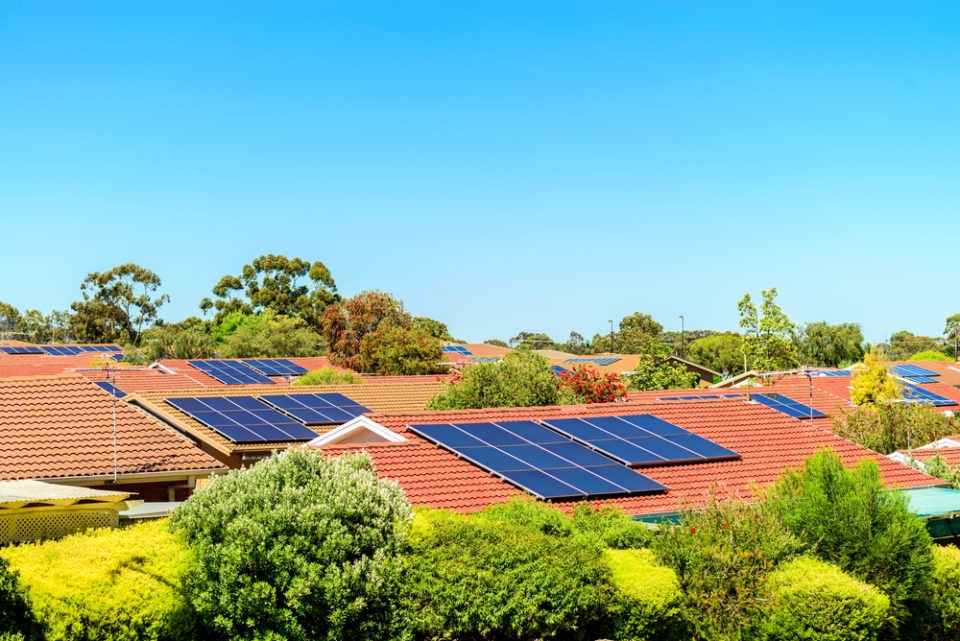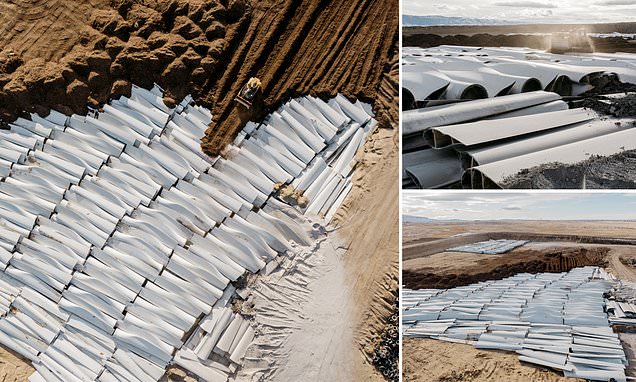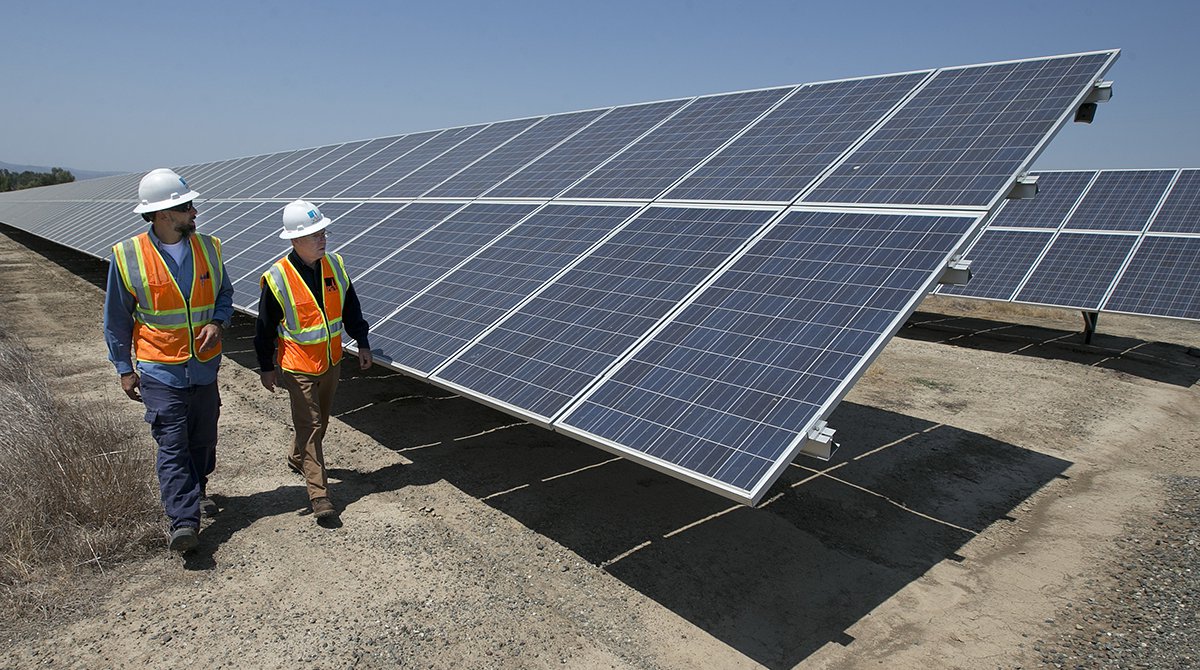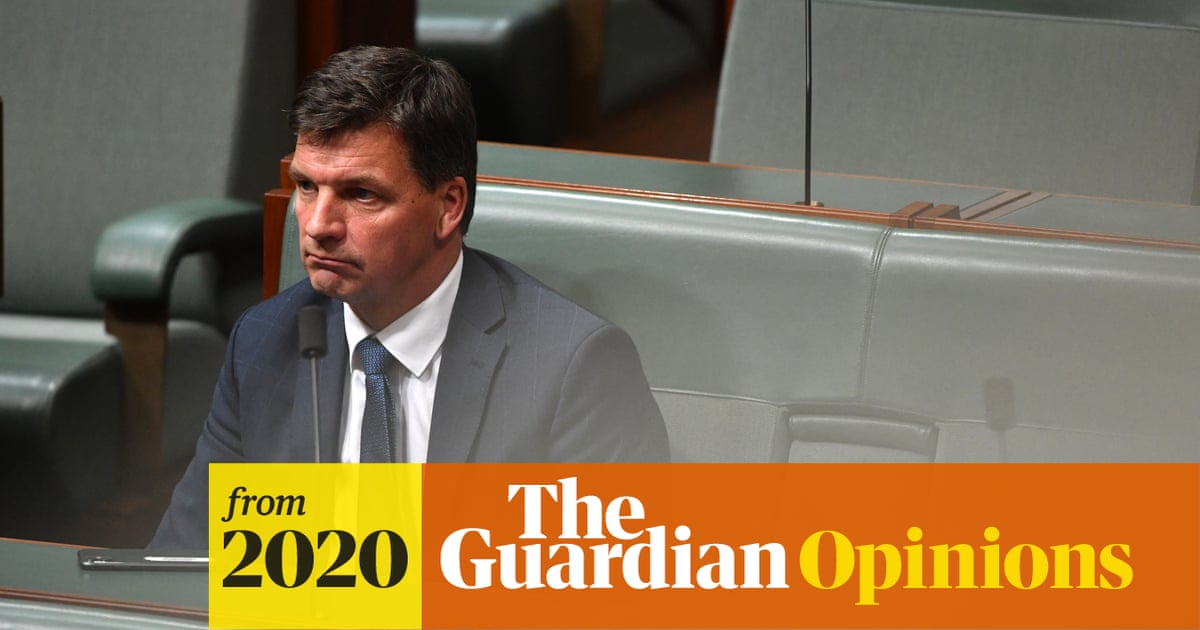Power Raid
We Exist To Win Premierships
You haven't read the report.
I've read the article and the links (including the link to the report)
what part do you dispute?
Follow along with the video below to see how to install our site as a web app on your home screen.
Note: This feature may not be available in some browsers.
You haven't read the report.
You haven't read the report.
I've read the article and the links (including the link to the report)
what part do you dispute?
The report states it is about green hydrogen, not blue.
They had to give you 45c per whatever it is plus heavy subsidies to make it viable. Even after this the panels come from mining, are manufactured in a polluting environment and then when they’re obsolete, very toxic materials to dispose of.Funnily enough the solar panels on my roof have
1) paid for themselves in less than three years
2) generate more power than we consume by a pretty large factor
3) arent making rich people richer.
my electricity bill sits around the cost of the service fee or a few bucks above it.
Nice try
fail
Im sorry did you spell 98% recyclable incorrectlyThey had to give you 45c per whatever it is plus heavy subsidies to make it viable. Even after this the panels come from mining, are manufactured in a polluting environment and then when they’re obsolete, very toxic materials to dispose of.

 earth911.com
earth911.com
and the report goes on to say why it can't happen, especially in the region the Guardian claimed would be most suited
Really? The Guardian mentioned central Queensland and the Hunter having jobs. From the report:
"Table 3.2 on the next page presents an illustrative green steel industry in central Queensland and the Hunter Valley. We have not modelled a scenario that exactly replaces the 23,200 jobs for carbon workers in central Queensland, or the 16,200 in the Hunter. But comparable scale – we have modelled a scenario involving 15,000 jobs in central Queensland and 10,000 in the Hunter – is achievable. These job estimates are conservative, because they ignore construction jobs. Significant numbers of construction jobs would be created to build the required steel plant, the electrolysers, and the renewable generators
to power them. The 25,000 modelled jobs in what are presently carbon-intensive regions do not include renewable ongoing jobs, which are likely to be geographically dispersed and therefore in a range of different locations. We have also excluded the jobs associated with transporting iron ore and steel."
I can't work out whether you hate the Guardian or renewables, or both. Both, I think. Were you touched in an inappropriate way as a child by a Guardian reading solar installer?
https://www.afr.com/world/north-ame...joe-hockey-as-new-us-frontman-20200514-p54srqWashington | Macquarie Group's New York-based dealmaking machine has hired Joe Hockey to hunt down US infrastructure opportunities with a heavy focus on technology and renewable energy.
The former federal treasurer has been working for the investment behemoth since early April after leaving the Australian ambassador's official Washington residence White Oaks in late January.

Joe Hockey says he has "never been opposed to sensible renewable energy". Evelyn Hockstein
“Macquarie is a world leader in infrastructure and renewable energy and America is where a hell of a lot of action is going to take place over the next few years," Mr Hockey told The Australian Financial Review.
"It’s the opportunity to be in the engine room of innovation.”
The move is an eye-opener for several reasons. It launches Mr Hockey's shift into the private sector after almost a quarter of a century in public life, establishes him with a strong foothold in America's troubled COVID-19-afflicted economy, and sees him tasked with developing a sector he has famously slammed in the past.
Speaking on Macquarie Radio just days before delivering his first budget as treasurer in early May 2014, he lambasted public subsidies paid to wind farms.
"If I can be a little indulgent please, I drive to Canberra to go to Parliament, I drive myself and I must say I find those wind turbines around Lake George to be utterly offensive ... they're just a blight on the landscape," he said at the time.
Asked about his remarks, Mr Hockey insisted he has never been opposed to sensible renewable energy.
The Guardian drawing a long bow as usual.Reserve Bank calling for a post-pandemic push into renewables. Government will try to pretend they never said it, I imagine.
The distinction eludes me. Sure sounds like a “focus” to me, not that I used that term.The Guardian drawing a long bow as usual.
They aren't asking for it to be the focus like you are implying.
"Research by the Reserve Bank showing renewable energy investment fell sharply last year is fuelling calls for federal and state governments to back changes to help the industry rebound and drive a post-pandemic recovery."
I like them, them and the powerlines are a reminder of man's ability to generate electricity.Given Joe Hockey called wind farms "utterly offensive", what do we mean here by 'hunt down'?
Watching four corners tonight was interesting.
The greens said the 08 ETS was flimsy, and benefitted coal power too much, but i just find it too much a stretch to think that some action would be better than no action.
Once the ball was rolling, it would've given a better precedent for increasing/ diverging from its foundations.
Despite this, the fact Australia's policy is basically pay someone to plant a tree is a joke.
all you do is have to look at the materials solar panels and wind turbines are made from, iron ore, coal, nickel, copper, cobolt, to name a few! the refining process of nickel and copper is toxic alone then you thrown in the life span of the panels and turbines of 15 odd years and you have this mega structure that cannot be recycledIm sorry did you spell 98% recyclable incorrectly
<<<PV Cycle, a European solar panel recycling association, developed a mechanical and thermal treatment process last year that achieves a 96 percent recovery rate for silicon-based photovoltaic panels. The remaining 4 percent is utilized in an energy recovery process, using a waste-to-energy technology. The previous recovery rate for silicon-based panels was around 90 percent, so this new solar panel recycling process is good news for the environment. Non-silicon-based solar panels can have a recovery rate of up to 98 percent.>>>
Hoisin:

Are Solar Panels Recyclable?
Wondering how you can recycle solar panels? The market isn't very big right now, but it's poised to explode in the coming years.earth911.com


all you do is have to look at the materials solar panels and wind turbines are made from, iron ore, coal, nickel, copper, cobolt, to name a few! the refining process of nickel and copper is toxic alone then you thrown in the life span of the panels and turbines of 15 odd years and you have this mega structure that cannot be recycled

Hundreds of fiberglass wind turbine blades pile up in landfills
The municipal landfill in Casper, Wyoming, is the repository of at least 870 discarded blades, and one of the few locations in the country that accepts the massive fiberglass objects.www.dailymail.co.uk

About 8,000 of the blades are decommissioned in the U.S. every year. The municipal landfill in Casper, Wyoming, is the repository of at least 870 discarded blades, and one of the few locations in the country that accepts the massive fiberglass objects.Once they are in the ground, the blades will remain there essentially forever - they do not degrade or break down over time.
View attachment 880207

Angus Taylor is nothing but an out and out vandal.

The climate crisis looms as the Coalition fiddles with fossil fuels | Greg Jericho
The government is like a smoker switching to low-tar cigarettes. Its energy policy is just a sopwww.theguardian.com
About 8,000 of the blades are decommissioned in the U.S. every year. The municipal landfill in Casper, Wyoming, is the repository of at least 870 discarded blades, and one of the few locations in the country that accepts the massive fiberglass objects.Once they are in the ground, the blades will remain there essentially forever - they do not degrade or break down over time.
View attachment 880207
